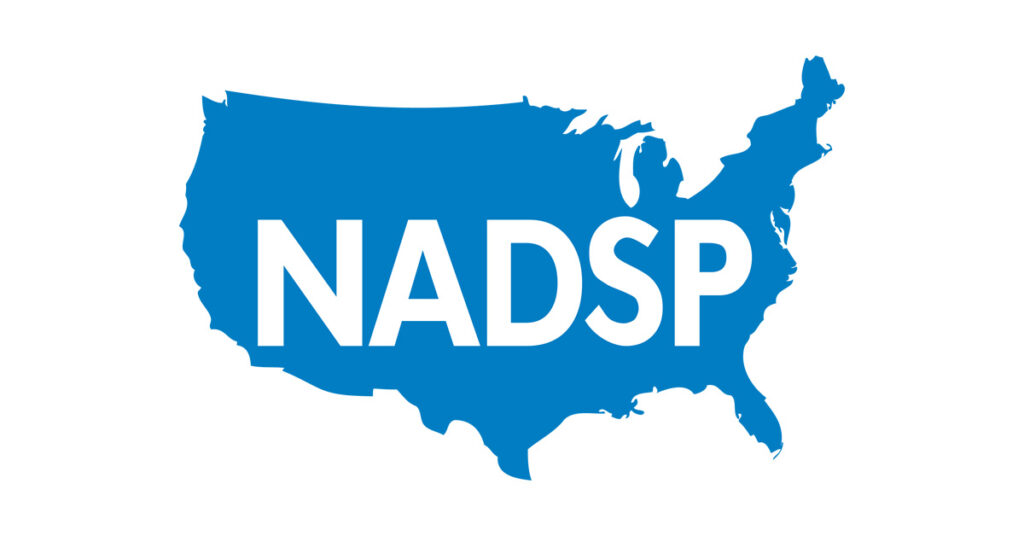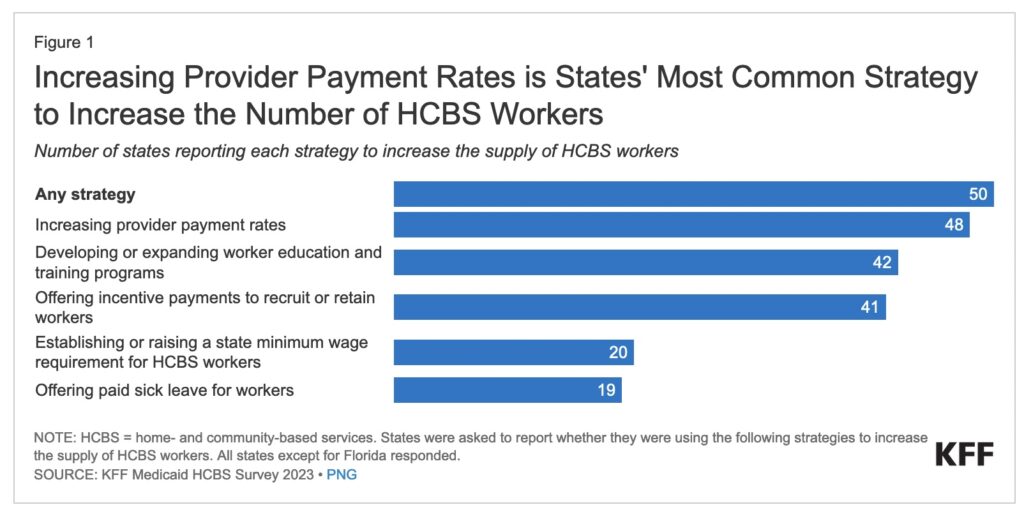Resources
NPR Story
14 years ago the federal minimum wage was raised to $7.25 an hour. It hasn’t changed
Advocacy Toolkits
ARC Policy & Advocacy Direct Support Professionals
Uniting for Change: Why Direct Support Professionals Matter
Issue paper on DSP recruitment and retention final
- 2019 National Core Indicators Staff Stability Survey (National Core Indicators, 2020), the annual turnover rate across 3,604 providers in 26 states was 42.8% and the range among states was 23.8% to 64.8%.
- With respect to salaries, data from the 2019 NCI Staff Stability Survey indicate that the median hourly wage for DSPs is $12.00, below the federal poverty level of $13.43 for a family of four
- What Are Agencies Doing to Attract and Retain Staff Starting on (Page 7.)
ISHAN NAYAK has had developmental disabilities since… birth.
3 minute video telling 1 DD story with Dianne talking about appropriate funding.
GA DSP Crisis
2-page paper scope or problem; Turnover, hourly pay, GA vs US.
Impact Volume 31, Number 1 Winter/Spring 2018.pdf
- Page 5 US snapshot of the challenges for DSP workforce.
- Page 16 Table 1: Direct Support Workers by Gender, Race, and Industry, 2005 to 2015
DSP Resource Guide
- DSP Training and Informational Resources Directory
A tool for Direct Support Professionals (DSPs) and those who support people with disabilities - SPADD
Georgia’s Service Providers Association for Developmental Disabilities!
Online Chat: The I/DD Workforce Shortage in Georgia
- Rita Young, Dianne, Carol, Robert
- 08/2022
We encourage all DSP’s to build relationships with their elected officials. If you do not know your legislator, click the link below to visit Open States, enter your address, and find your legislator.
Tell Congress: Care Can’t Wait!
Direct Support Professional Workforce Crisis
Videos
What’s behind the shortage of workers who support people with disabilities
The nearly five million direct care workers who support older adults and people with disabilities are the largest workforce in the U.S. But despite high demand, many are paid little more than minimum wage. A longstanding workforce shortage means people with disabilities who depend on those workers are left without the support they need. Judy Woodruff reports for our series, Disability Reframed.

Over the past few months, the National Alliance for Direct Support Professionals (NADSP) has been working closely with the producers at PBS NewsHour on a segment of their “Disability Reframed” series that focuses on the longstanding direct support workforce shortage. As we know, direct support professionals (DSPs) are part of the largest workforce in the United States. This segment offers clarity on the challenges that they face every day and the significance of their work in supporting people with disabilities to live, work and contribute to their communities. The segment briefly recognizes the impact of the certification through the New York Certifcation Pilot project.
We would like to extend our thanks and gratitude to Judy Woodruff and Layla Quran from PBS for their impeccable attention to detail. Additionally, we would like to recognize two direct support professionals, China Offlley, from Louisiana and Fatimah Howard, from AHRC New York City for representing their profession so incredibly well. We invite you to share this video widely.
i go home
Special | 56m 46s
For years, children with intellectual disability were not allowed in public schools. Parents were told to send their children with intellectual disability away to institutions. It was not until the late 1960s that a television expose shed light on what was happening inside the walls of institutions. It was that knowledge that fueled parents and the public to ignite change.
Payment Rates for Medicaid Home- and Community-Based Services: States’ Responses to Workforce Challenges
Long-standing workforce challenges in Medicaid home- and community-based services (HCBS) were exacerbated by the pandemic and addressing them is the top priority for most state HCBS programs. New flexibilities combined with funding provided through the American Rescue Plan Act helped states enact new policies to address those issues during the pandemic, but many of those policies are ending and federal funding will expire. This issue brief describes states’ ongoing efforts to respond to the workforce crunch and how they pay HCBS workers, which are central challenges in ensuring that HCBS services are accessible to the 4 million Medicaid enrollees who use them. The data come from the 21st KFF survey of officials administering Medicaid HCBS programs in all 50 states and the District of Columbia, which states completed between May and August 2023. The survey was sent to each state official responsible for overseeing the administration of HCBS benefits (including home health, personal care, and waiver services for specific populations such as people with physical disabilities). All states except Florida responded to the 2023 survey, but response rates for certain questions were lower. Key takeaways include:
- All responding states (which includes the District of Columbia) reported taking actions to address workforce shortages, including raising payment rates in most states (Figure 1).
- All states reported shortages of HCBS workers, most frequently among direct support professionals, personal care attendants, nursing staff, and home health aides.
- Most (43) states reported permanent closures of HCBS providers within the last year.
- Among the 34 states that reported time-based payment rates for personal care providers, most pay less than $20 per hour.

